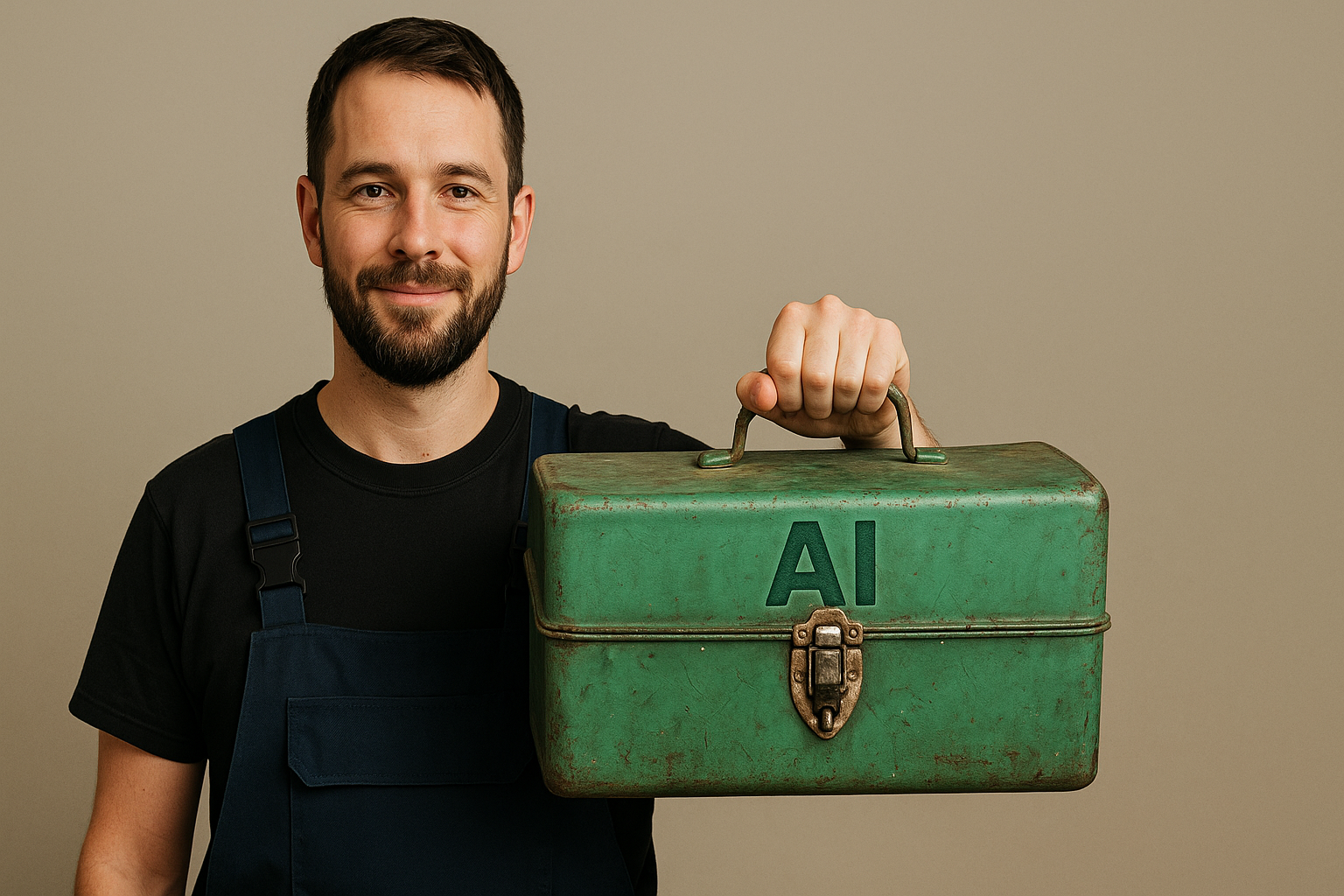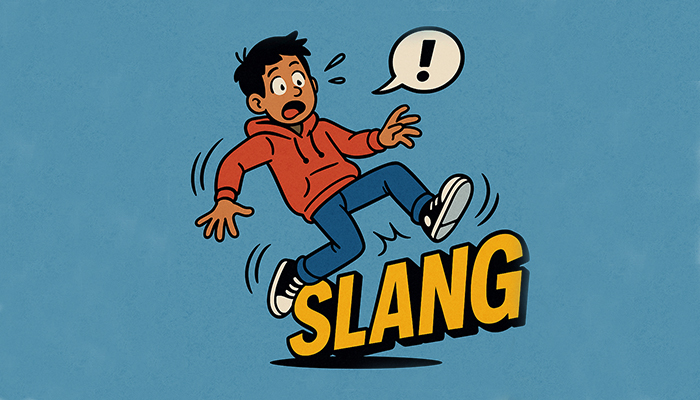AI Hallucinations: What They Are, Why They Waste Time, and How They Can Undermine Your Translations
In one widely shared example, ChatGPT confidently claimed that the Golden Gate Bridge was transported across Egypt for the second time in 2016.
Of course, this never happened. But the response was written in perfect English, sounded completely plausible, and was delivered with no sign of hesitation. This is what is known as an AI hallucination, when a language model makes something up and presents it as fact.
I decided to ask ChatGPT about this particular hallucination and guess what? It hallucinated about the original hallucination! It told me that its original gaff related to a story about the Golden Gate Bridge being moved from San Francisco to Arizona in 1996. The fact that it’s still generating false information about the bridge shows this isn’t just a one-off glitch. It’s not the same as a bug you can patch and be done with; it’s a deeper issue.
These hallucinations are not just amusing anecdotes. In business, marketing, legal writing, and translation, they can have real consequences. Left unchecked, they can cost companies time, money, and credibility.
What Are AI Hallucinations and Why Do They Happen?
AI hallucinations occur when LLMs (Large Language Models) like ChatGPT, Claude, and DeepSeek produce information that sounds plausible but is not true.
This happens because AI systems do not “know” facts in the way people do. Instead, they predict words based on patterns in the data they have been trained on. If those patterns are noisy, inconsistent, or lacking in detail, the result can be a sentence that looks good but is completely wrong.
Think of it like a student who has not read the book but tries to bluff their way through a test; fluent, confident, and totally unreliable.
Why AI Hallucinations Waste Time and Money
While AI is meant to save time, hallucinations often lead to more work, not less. Someone still has to check, correct, or even rewrite what the AI has produced.
A 2024 study found:
- Employees spend an average of 4.3 hours per week verifying AI-generated content, which adds up to over 200 hours a year per person.
- This equates to around $14,200 in productivity costs per employee each year.
- 27% of communications teams have had to issue public corrections after publishing AI-generated content containing hallucinated errors.
(Source: AllAboutAI.com Hallucinations)
Even more frustrating, many people waste time chasing phantom errors flagged by AI tools. These are problems that do not actually exist. The result is a slow erosion of trust in the tools themselves.
Feeling uneasy about what AI might be getting wrong in your translations?
You’re not alone. Hallucinations don’t just waste time, they damage trust.
👉 Let Brightlines sanity-check your AI generated content
Real-World Example: AI Makes Up Legal Cases
This problem is not just theoretical. Attorneys in the US have made the headlines and been fined thousands of dollars for submitting legal filings created by ChatGPT that cite non-existent court cases. This has prompted Judges to express serious concern about the use of AI in the legal system.
(Source: Washington Post, June 2025)
These are extreme examples, but the principle applies widely. If you are not reviewing AI output carefully, you are taking a risk.
Real-World Example: AI Invents a UK Podcast Transcript
Journalist Sam Coates recently shared an incident on Sky News where AI hallucinated the entire script to one of his podcasts. The LLM claimed that it already had the transcript for a podcast that Sam had not yet uploaded. When challenged, it produced a transcript that looked very credible in tone and style but was entirely fictitious. Even more worryingly, ChatGPT doubled down when questioned, gaslighting Sam by stating categorically that the transcript had not been made up. Watch the video here.
Right now, millions of professionals are using AI to summarise, transcribe, or support content creation. The real-world implications of these confident falsehoods can be extremely serious.
Translation and Localisation: A Hidden Danger Zone
At Brightlines, we specialise in helping companies reach international audiences through accurate, culturally sensitive translation and localisation. That is why we are particularly attuned to the risks of AI-generated translations, especially when they make things up.
When AI hallucinates during translation, it can:
- Invent terminology
AI might generate a translation for a brand name, slogan, or technical term that does not exist in the target language, damaging clarity or making the message sound absurd. - Misrepresent facts
AI has been seen to subtly alter product descriptions or service terms, adding or removing capabilities the client did not intend to communicate. - Damage SEO with incorrect keywords
When AI translates keywords literally or makes them up entirely, it affects search visibility in local markets, potentially losing valuable traffic.
The hallucinations can be subtle. A product becomes ‘fully waterproof’ when it’s not. A service suddenly includes a lifetime guarantee or full refund policy that was never intended. These inaccuracies may seem small, but they can expose companies to legal and financial risks if customers start holding them to promises they did not realise they had made.
Even when the consequences aren’t immediate, the damage can be lasting. These aren’t just technical errors, they’re credibility killers. And once published, they can stay live for days, weeks, or even months before anyone realises something’s wrong.
Our Approach at Brightlines
At Brightlines, we have seen the effects of AI hallucinations first-hand through our own internal experiments.
We have encountered incorrect terms, made-up words, and, on more than one occasion, AI has tried to send us on wild goose chases for grammatical errors that simply did not exist. These hallucinations were not always obvious. Some looked entirely plausible on the surface, which is what makes them so risky.
Even more revealing, when questioned, AI will readily admit its own blunders. ‘You’re absolutely right to point that out’ ChatGPT exclaims without a hint of embarrassment. Ask it to justify a fabricated translation or explain a suspicious correction, and it may backtrack or offer a revised answer. But that only helps if you already know enough to ask the right question. That level of judgement still relies on human expertise.
That is why we would never rely on AI alone for any customer-facing translation or localisation work.
AI has its place; it can assist with first drafts, basic level terminology checks, or speeding up simple repetitive tasks. But without native-speaking human oversight, there is no guarantee that what the AI produces is accurate, appropriate, or trustworthy.
At Brightlines, every translation is reviewed and refined by professional linguists with sector-specific knowledge. We ensure your content is clear, culturally aligned, and fully credible, because your reputation should never be left to guesswork.
AI Is Powerful, But Not Plug-and-Play
AI is here to stay. It is fast, impressive, and often helpful. But it is not magic, and it is certainly not infallible.
If your business relies on clear communication, consistent branding, and credible content, especially across multiple languages, you cannot afford to ignore the risks of hallucinations.
So before you publish that AI-translated homepage or customer email, ask yourself,
Who checked this, and how sure are we that it is right?
Want peace of mind your AI generated content hasn’t been made up? Talk to us today about our AI Translation Editing Services.








